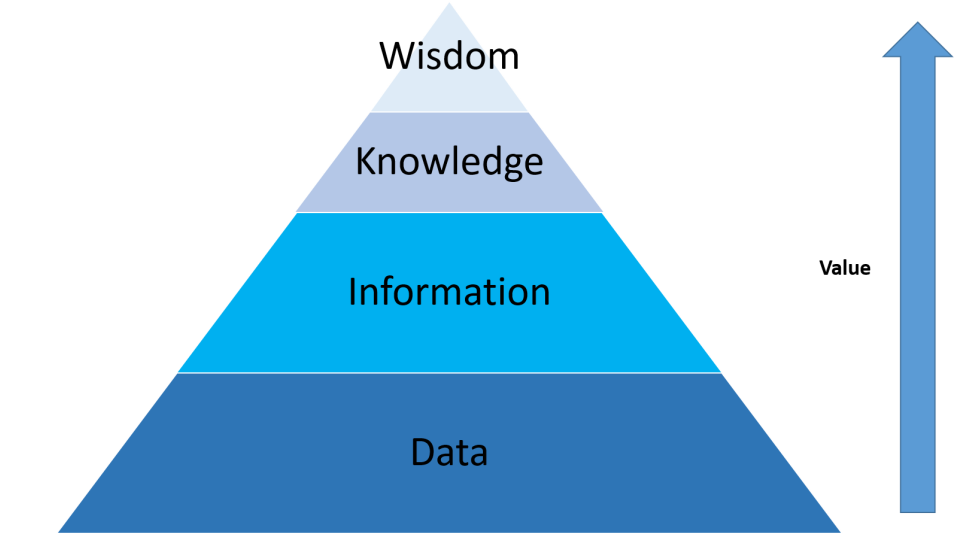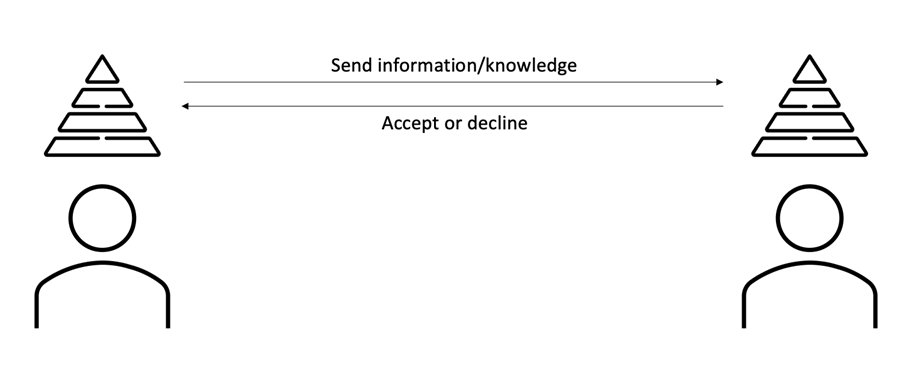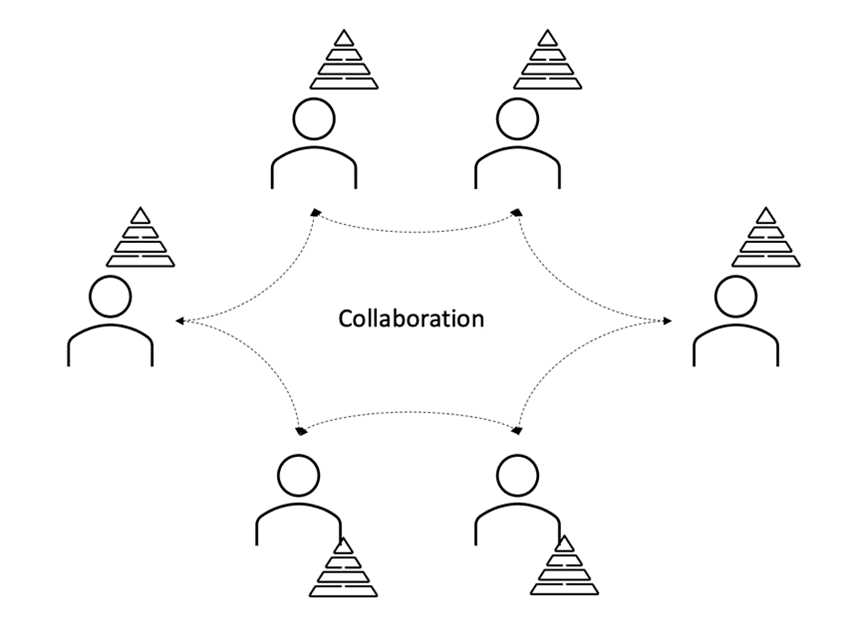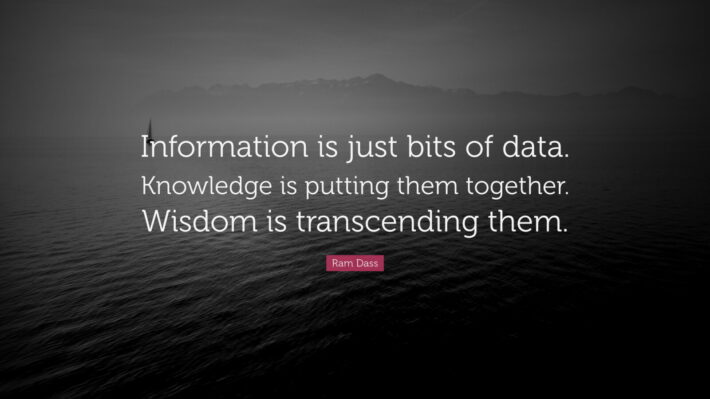People in our profession will probably recognize the following situation: You meet some distant, or not so distant, family and they ask the question: “What is it exactly that you do?”. I often start with a sigh and a complicated explanation about data and extracting and transforming and so on while the core of what we do is quite simple upon further thought. Let us try to break it down.
DIKW
In my opinion, it all comes down to the DIKW model: Data, Information, Knowledge and Wisdom. Data as the building block to support the others.

Even in our school system we see this pyramid come to live. In kindergarten we start with learning data and information: The numbers (1, 2, 3, …), colors (red, blue, green, …), the animals and which sounds they make and so much other data we can identify in our, then, small world. When we get to the elementary school, we start to link data more and more together in information. 1 and 1 equals 2. From this information we create knowledge about mathematics, language, science and so on. The subsequent education levels keep on building on these principles to provide our children with a great foundation of knowledge so we can use it in a variety of standard situations. The knowledge and information we feed to our children in education is based on years and years of research and data supporting these findings.
Experience
The DIKW model can also be used individually. We often say that experience is the collection of our past’s successes and failures. It is about what we go through as a human. And on that road, we collect our own data, information, knowledge and wisdom. What I experience in this world is not the same as you experience in the world. Depending on the moment in time you start your collection of information can make a huge difference in the eventual outcome.
And yet, when we communicate with each other, we don’t exchange data. We communicate with information or knowledge and based on how much we trust the sender of the information are we willing to accept this information. Your own experience can influence this trust process and your own data can believe this information to be false.

One of the problems we have with this process is that we don’t always verify the information we receive. We trust other people to have done that research for us. If we accept information that later appears to be false, our trust with the sender is a bit broken. This can also lead to a further widespread of misinformation.
It potentially leads to a skewed pyramid where information or knowledge is starting to become bigger than the underlying data. It can be a dangerous thing to say you have knowledge without the ability to provide any other proof then: “Because he said so.”.
Professional
And yet it is also this individual experience we look for professionally. You build experience in a professional field which can benefit an organization and add to the global knowledge and wisdom. It is with this group of experienced people you can create so much value. Through collaboration and exchange of personal and professional experience we can work together to achieve greatness.

How we help
So, the bottom line to what we do is quite simple: We build trust. We use data to verify information that is residing in your organization and organize it for future use. To gain verified knowledge that is build up by you and your people. To weed out misinformation and to provide truth where it is needed. We provide data in a centralized point to extract information you didn’t even know you had, and we build processes to extract information automatically based on models.
How does it work?
It is the job of analysts to extract information and knowledge from people and to verify that information to the data that resides in the organization. Data engineers then collect the data from the different sources and collect it in a centralized location, the data lake. From there on they can go on to clean the data, transform the data as per the information and knowledge of your business. Here we can apply business rules, chosen by the organization, to provide unity in the information. We organize the data in readily available information in a data warehouse. From here on you can create reports and other analytics to gain insights in your organization. Through data discovery, you can access all layers of data to gain information you didn’t have before.
But the most important thing to remember is that it is done together. The information and knowledge reside within the organization, its people. Our job is to make sure the information is stored in an accessible location, that the information is correct so that the people within an organization can communicate to each other with trust, based on verified data.
